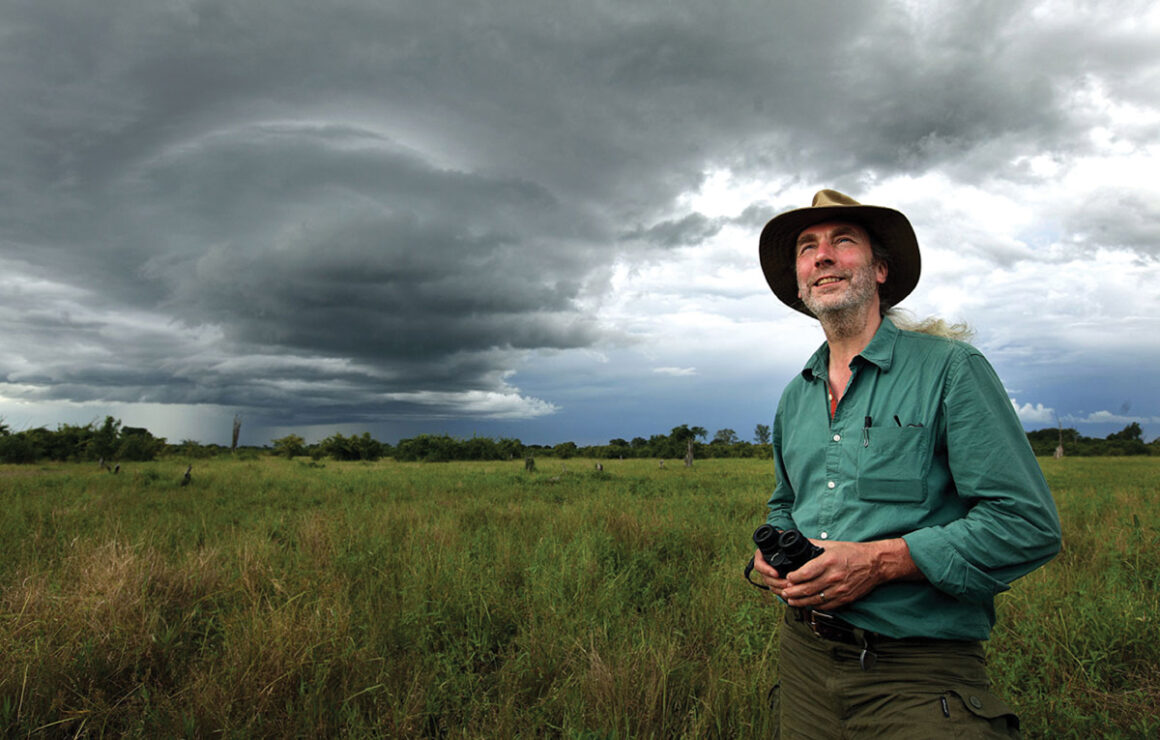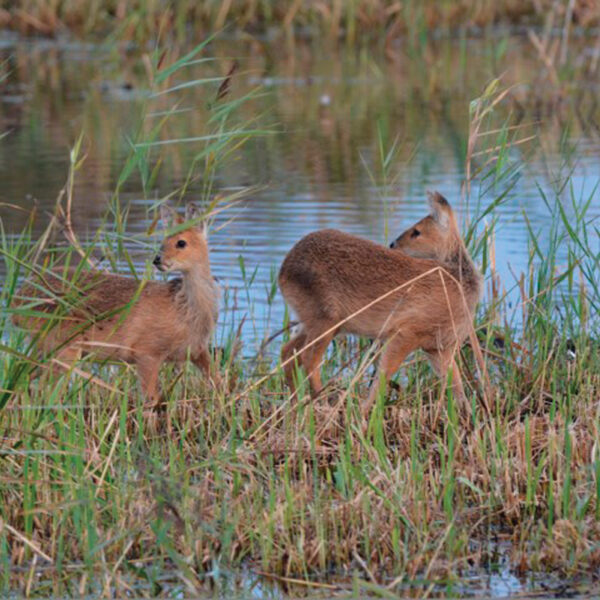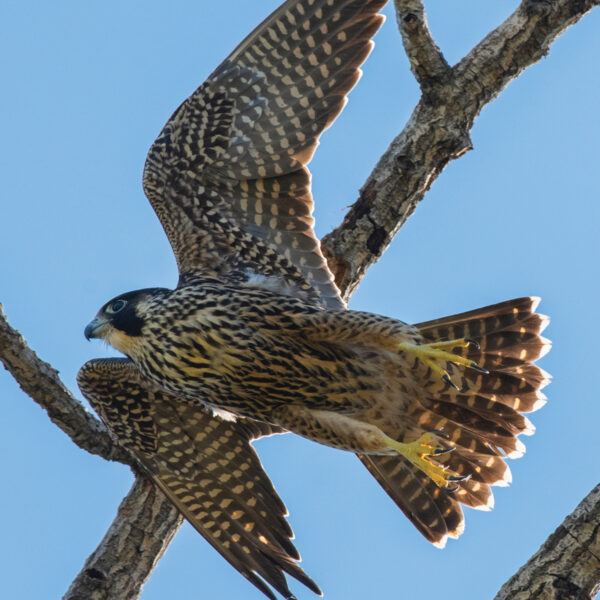Hidden UK locations to make nature more visible
Whether it’s spotting dolphins from a pub in Tintagel, Cornwall or noticing kestrels flying over the tennis courts during Wimbledon, wildlife can turn up in the most unexpected of places and the trick is to be ready to notice it.
That is one of the most important things journalist, author and wildlife enthusiast Simon Barnes has learned during a lifetime of watching and studying wildlife. Simon has therefore teamed up with long-range optic specialists, SWAROVSKI OPTIK, to offer wildlife enthusiasts looking to immerse themselves in nature this winter, five secret spots around the UK where it’s possible to view the most unexpected of wildlife.
Simon’s secret wildlife spots around the UK include:
1. Dolphins in Tintagel, Cornwall
I was sitting with a great friend outside a pub in Tintagel overlooking the sea, binoculars on the table by my drink. We had many important matters to discuss, but my eyes strayed out to sea again and again, even as we talked. Fortunately, Ralph is used to such behaviour. And then all at once, I was on my feet, grabbing my binoculars and shouting at the top of my voice: “Dolphin!” Three dolphins swam past, in that undulating dolphin way. Other drinkers even thanked me for adding to the pleasure of the pint.
2. Peregrine Falcons at Millennium Bridge, London
The footbridge makes a pleasant way to cross the Thames, there being no noise and harassment from traffic. Heading south you have the great former power station of the Tate Modern before you, with its towering chimney – and from that chimney a bird took wing. I had my binoculars ready in my hand because I know what bird loves that chimney. Peregrine Falcon: as dramatic a bird that was ever hatched. It powered from its roost and sped over the river, performing an arc of 270 degrees before I lost it behind the dome of St Paul’s.
3. Chinese Water Deer at The Ferry Inn, Norfolk
The pub opposite the chain-ferry had decided to close early. In the car park we started to make an alternative plan. I opted out and climbed a small bank to peruse the riverside field. Yes, I had my binoculars – and I found Chinese water deer, 37 of them, not bad for a species that’s supposed to be solitary. They were grazing hard, secure in their safety-in-numbers: an exotic species accidentally introduced to Britain and making good in the Broads and the Fens.
4. Arctic Skua at Southwold Beach, Suffolk
We had rented a beach hut there for a fortnight, youngest child at the age when playing back-goes-the-sea is the greatest joy that life can hold. I alternated sessions of this fine pastime with periods in the hut, gazing out to sea, just in case. I had my binoculars, naturally. How many people on that crowded beach were aware that an Arctic skua passed by perhaps half a mile offshore?
5. Kestrels at Wimbledon Tennis Tournament, London
I used to cover this event for a newspaper most years, and I carried my binoculars most of the time, ostensibly to watch the tennis, but also – or mostly – to keep an eye on passing birds. Leaving Court One on one of my last Wimbledon’s, I saw three young kestrels playing Spitfires and Messerschmitt’s in the sky over Court 19, and all the joy in the word seemed summed up in their game. They were playing sport at a higher level than any of the players I watched that day.
Simon Barnes said, “Wildlife is not just something you come across when you’re making an expedition, going to a nature reserve, wearing your boots and your waterproof trousers. Wildlife can turn up anytime and anywhere so never stop looking and just as importantly, never stop listening. And if you have a pair of binoculars at hand, even on the most unpromising occasions, you put yourself in line for moments of unexpected wonder all through your life.”
The world belongs to those who can see beauty. Experience the moment! #seetheunseen
Simon Barnes is an English writer, author of more than 30 books, including four novels and the best-selling Bad Birdwatcher trilogy. He was Chief Sports Writer of The Times until 2014 and also wrote a wildlife opinion column in the Saturday edition of the same newspaper. Barnes was educated at Emanuel School and studied English literature at the University of Bristol, which awarded Barnes an honorary Doctorate in 2007. After beginning his journalism career on local newspapers in Britain, he travelled to Hong Kong, where he worked as a Gonzo journalist for four years. After his return to Britain, he started working for The Times. His book Rewild Yourself: 23 Spellbinding Ways to Make Nature More Visible was voted Waterstone’s Book of the Month and is available from Amazon and Waterstones.


